Did you ever know that you can make your snake plant bloom? Do you wanna know how to make a snake plant bloom at your home very easily?
I bet you never knew that and you could even surprise everyone by making it bloom. Then, why are you waiting? You have come to the right place, my love.
I still remember during my childhood, when my grandmother used to talk about these snake plants, how they bring good fortune, and good health to your home and how they look so stunning when they bloom.
Keep reading this article till the end as I will explore everything you need to know about snake plants and I will guide you with my own experiences of how to make them bloom very fast and easily.
Before you jump to any conclusion, let’s begin!
About Snake Plant Flower
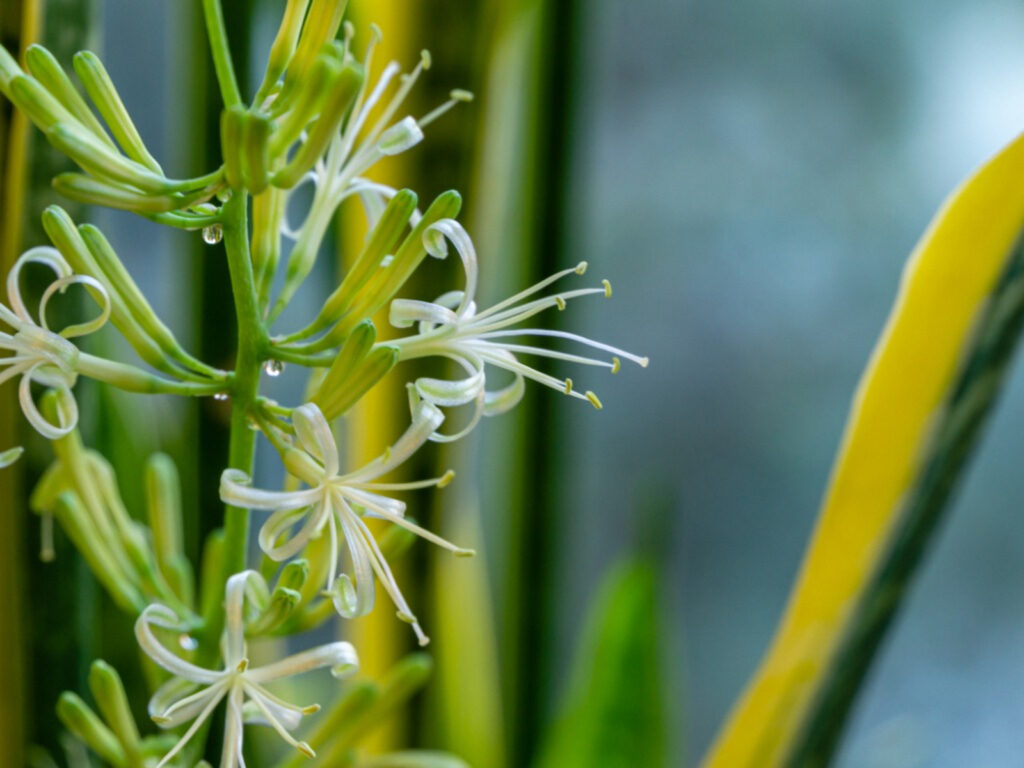
The snake plant or mother-in-law’s tongue is among one of the most popular indoor plants found all around the world. They have pointed, structured leaves, some of which have a yellow edge or are striped with jagged lines. Their profound ability and easy-going attitude add as a bonus to adjust to any surroundings easily. But the snake plant is unique not because of its striking looks but because of its stunning flower.
Snake Plant blossoming is typically an unusual occurrence. You might own a snake plant for years or even decades without ever realizing it can bloom. Then, unexpectedly, you might notice the plant blooming on a good day. The flower has a strong aroma and distinct beauty. The snake plants are usually used for home decor purposes, and the blooming of the flower just adds to its beauty. They give your home a bright and fresh look.
The blooming of a snake plant flower is very rare. You can find small buds spread along a long flowering stalk. This stalk, which occasionally towers over the tips of the snake plant leaves, can grow to a height of around 3 feet. In most cases, snake plants only have one stalk. Numerous little, tubular flowers with thin petals, that are born on these stalks in groups are carried by them. The flower is found in a variety of colors like creamy white, light green, light yellow, and white with a hint of lavender or mauve.
The snake flower has a rich fragrance and a pleasing smell. You can smell it as soon as you enter your house. In addition to being difficult to describe, this distinctive Sansevieria scent varies for each species. At night, the scent is very potent. The flower shuts during the day and reopens in the evening. Moreover, the snake plants also produce nectar which gives an appealing smell. But this nectar is one of the reasons to attract an ample amount of pests and diseases.
How To Make The Snake Plant Bloom?
Snake plants do not require too much maintenance. It will effectively grow if exposed to the sun and water sparingly, especially throughout the winter. Blooming of this can be very difficult and rare. Proper care and attention will help with the development of the plant. Although the snake plant can survive harsh conditions, the blossoming of the flower is a difficult task. I have listed some factors below that you must check out if you want your snake plant to bloom.
1. Providing proper light
Light is a crucial element that all plants require. They need light for the process of photosynthesis, which aids in preparing their food for growth and development. Each plant has a different requirement for light. Daily exposure to sufficient sunlight is required to keep the plant from wilting or dying.
Although snake plants are known for being easy-going plants that can survive even if you neglect them a lot. Normal lighting conditions for snake plants include both full sun and shade. However, snake plants prefer indirect sunlight to produce flowers.
Avoid keeping your snake plant in a scheduled or shaded area, where it won’t receive the appropriate amount of light to grow and blossom effectively. Snake plants can handle harsh conditions, but it still needs amenities to develop. Light plays a vital role in flower production in snake plants.

2. Determining the age
The age at which the snake plant blossoms is unknown. Researchers have found that even young, small plants can produce flowers every year. However, the likelihood of blossoming increases as the plant ages. In ideal growing conditions, mature plants are more likely to flower. When transplanted to a new climate, some plants don’t blossom the first year.
Although the age of the snake plant is a mystery, you must take the proper measures needed for the plant to blossom. But remember that once the plant produces flowers, its life span shortens and can die after the blossoming period.

3. Water, when necessary
It is the most essential requirement for the plant. Without any water, the transfer of nutrients from the soil to other parts of the plant cannot be performed and will cause the plant mineral deficiency leading it to gradually wither away. Water also has other qualities which are needed by the plant for its growth and nourishment.
Snake plants may survive with very little water. Since they can store water in their leaves, they are considered semi-succulent plants with little water needs. Additionally, snake plants detest wet feet and like dry soil over damp soil. The leaves may break and decay as a result of overwatering. However, watering is necessary for flower production.
But remember to water the plant only when the soil has completely dried up. You should water your snake plant even less in the winter. Overwatering and underwatering can hamper the growth of the flower.
4. Maintaining the temperature
The blooming of the flower can also depend on the temperature factor. The temperature around the plant should be according to its requirement because the seasonal changes in the atmosphere can lead to an increase in the stress level of the plant. So, maintain a stable and steady level of temperature.
The snake plant is a tropical plant that is indigenous to South Asia and Africa. They cannot endure below-freezing temperatures. You should move them indoors during the winter. Also, you can transfer them outside once again after the final spring frost and set them up in a partially sunny area. The snake plants can survive outside all year long if the winters are not too severe.
5. Fertilization is important
For a plant to grow and thrive properly, it needs nutrients. In contrast to outside soil, indoor plant soil does not have all the minerals that plants require, such as nitrogen, potassium, and phosphorus. Fertilizers are hence the best choice for indoor plants to prosper. Depending on the demands of the plants, you can fertilize them using chemical or organic substances.
Typically, snake plants don’t need extra fertilizers to grow. However, a fertilizer with high content of phosphorus can increase the chances of your snake plant blooming. Also, use the fertilizers carefully because excess could lead to nutritional imbalances in the soil, which would harm the growth of the plant and hinder flower production.
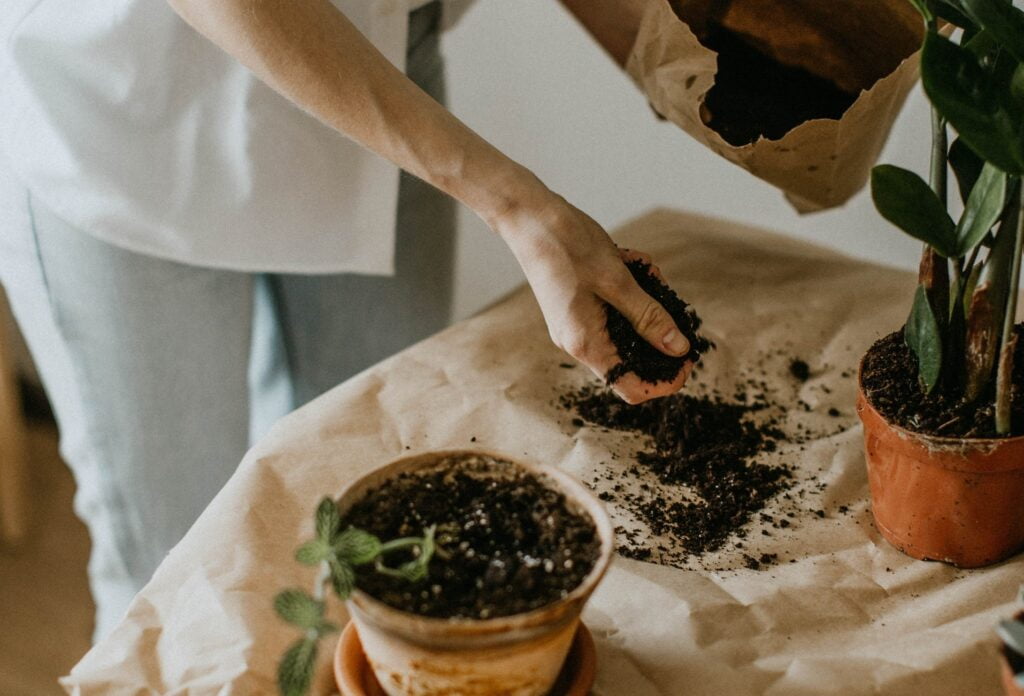
6. Pot conditions must be taken care of
The container in which the plant is placed can also adversely affect the production of flowers. Snake plants expand effectively and need a large pot to adjust the growing root because it can easily become root-bound when left on its own, with little water and lots of strong sunshine. The plant strives to reproduce itself by generating blossoms when there is no room for new shoots to grow.
Although such overcrowding appears to encourage the plant to bloom, keeping your plant in a pot does not ensure that it will bloom or not. The container should be sturdy and also have a proper drainage system to avoid any overwatering of the snake plant. The pot should keep the plant cool and calm.
7. Providing proper soil mixture
Depending on the plants’ needs, different potting mixtures are used. The potting soil must have good drainage to allow for water and air transmission. Make sure the mixture thoroughly covers the container to prevent any air pockets. The health and growth of the plant are significantly influenced by the soil’s quality.
The soil of the snake plants needs to be extremely light and quick to drain. As previously indicated, snake plants are susceptible to root rot if the soil is very wet. Simply mix some river sand into your potting mix which will increase the flowability of your soil. Also, the soil should not be kept damp as it can attract pests and fungus to the plant, which can further hamper flower development.

Note: Remember that the nectar from these flowers is viscous, sticky, and has a distinct scent. This nectar can create a big mess and attracts pests and diseases towards it.
FAQ’s
Q1. Will the snake plant die after flowering?
Ans. No, the snake plant won’t die after flowering. Snake plants bloom only once a year, usually during the springtime. The flowers last for a few weeks, and it also produces berries with them. Also, new flowering stalks may appear annually and can treat you with their stunning flowers.
Q2. Why do they flower so rarely?
Ans. Snake plants rarely bloom. Your plant might be experiencing some stress, which is why the blossoms are not occurring.
You should not pressure it to bloom as it could take more than 10 years for your snake plant to blossom again, depending on the surrounding it is growing in.
Q3. Does the snake plant flower have any fragrance?
Ans. Flowers from snake plants release a powerful scent at night. Further, they have sweet, sticky nectar that condenses on the stems to form dew drops. These smell delicious and strong. The flowers bloom at night and close during the day.
Conclusion
To summarize, did you find all the answers to your doubts that you had in your mind?
Let me take a quick recap on the factors that can help your snake plant to bloom:
- Providing enough light
- Determining the age
- Water only when it is necessary
- Maintain the temperature around
- Fertilization is also important
- Pot condition must be taken care of
- Providing proper soil mixture
That’s all my friends! Did you find this article informative? Did you observe anything that I haven’t listed here?
Feel free to drop it in the comments down below and don’t forget to share this article with your friends and family!

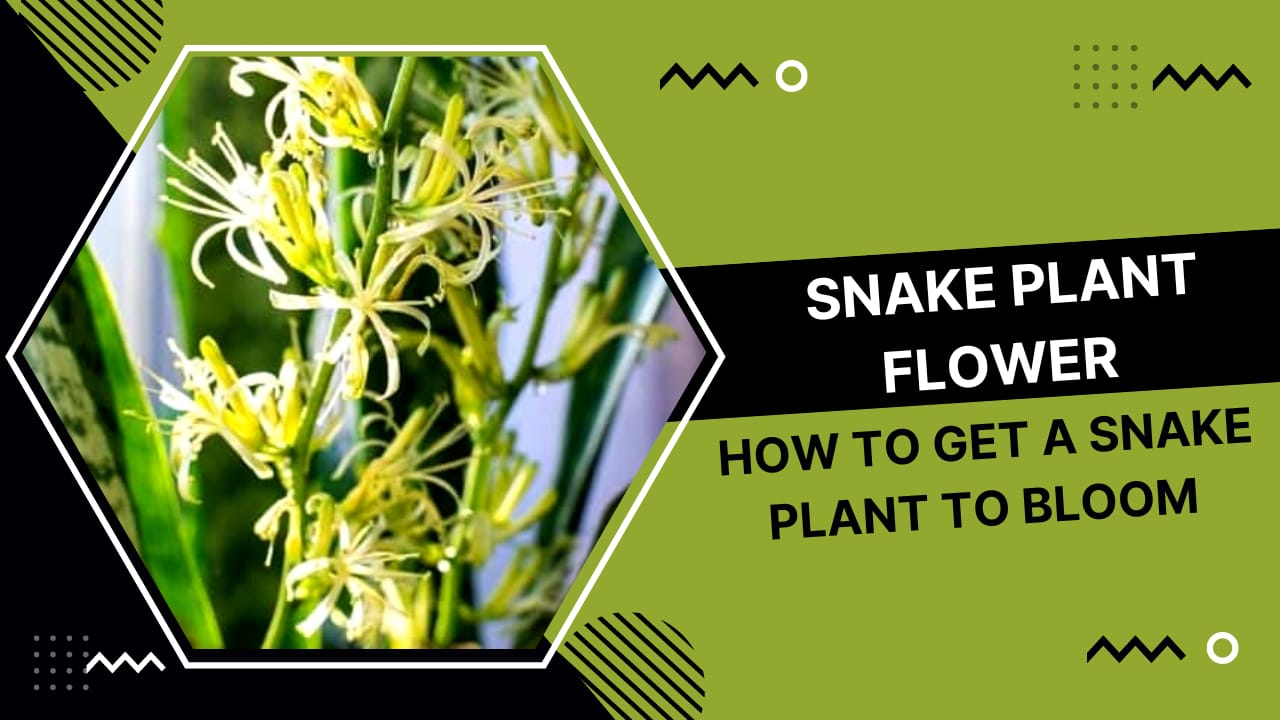
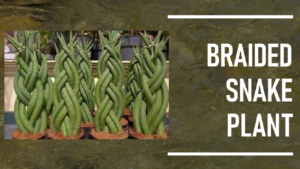
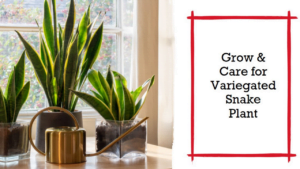

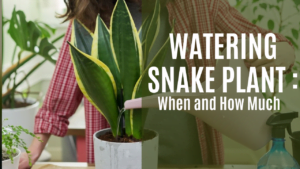


Excellent article I hope I can get mine to bloom
Flower began to grow then slowed with under developed buds. It has small yellow leaves but not overwatered.
Previously the flowers were well developed
These symptoms may indicate that the plant is experiencing stress or nutrient deficiencies. It’s possible that your snake plant needs more sunlight, a different type of soil, or fertilizer to help it thrive. It’s also essential to ensure that the plant isn’t being subjected to extreme temperatures or pests that could be causing damage.